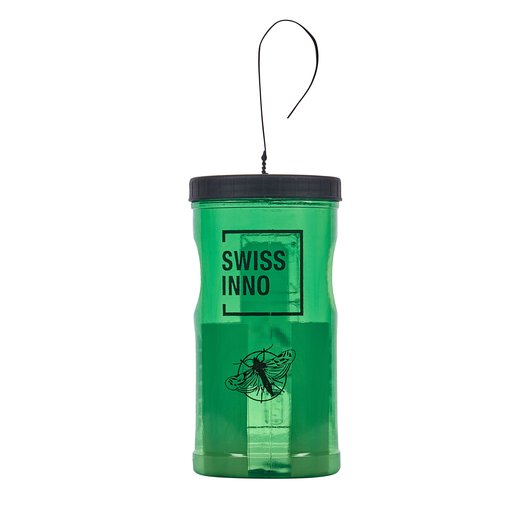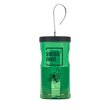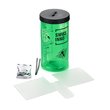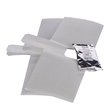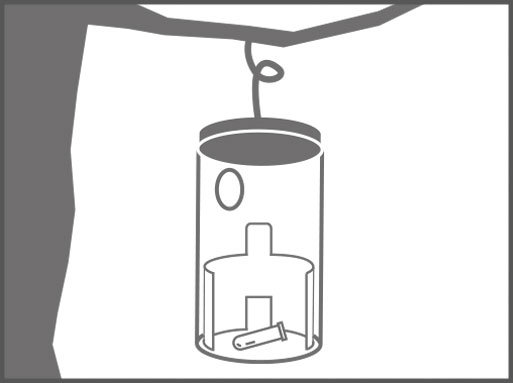The caterpillars eat their way from the middle of the box tree foliage to the outside, so damage caused by their feeding is only noticeable much later on.
First visible signs on a box tree: dead and dried-up areas, which spread rapidly. Close inspection will reveal caterpillars, white webs and caterpillar faeces within the foliage. The leaves will show damage from being eaten. Where there is a large infestation, the rotten cabbage odour of caterpillar faeces will be noticeable.
The caterpillars are well camouflaged by their colour and they hide in webs.
A fresh new pupa is green.
An adult caterpillar.
An older pupa is brown.
In the case of a huge infestation, large areas of foliage are eaten away and twigs and branches are festooned with webs. The overall appearance of the shrub now clearly confirms an infestation.
As well as leaves, the green bark of young shoots is eaten and this eventually weakens the box tree.


![[Translate to EN:] [Translate to EN:]](/files/pics/7/2/csm_Mouse__860x586px_4295e63b71.jpg)
![[Translate to EN:] indian-meal moth on oatmeal [Translate to EN:] indian-meal moth on oatmeal](/files/pics/b/6/csm_indian-meal-moth-on-oatmeal_low_659108f917.jpg)
![[Translate to EN:] Schnecken [Translate to EN:] Schnecken](/files/pics/5/f/csm_Slug__860x586px_da4b2d7f83.jpg)
![[Translate to EN:] Vogel [Translate to EN:] Vogel](/files/pics/8/9/csm_Bird__860x586px_273b7ffaf9.jpg)
![[Translate to EN:] Ratten [Translate to EN:] Ratten](/files/pics/0/9/csm_Rat__860x586px_e3e988d139.jpg)
![[Translate to EN:] Maulwurf [Translate to EN:] Maulwurf](/files/pics/2/e/csm_Mole__860x586px_d43e7e8948.jpg)
![[Translate to EN:] Marder [Translate to EN:] Marder](/files/pics/d/6/csm_Marten__860x586px_7508da5714.jpg)
![[Translate to EN:] Fliege [Translate to EN:] Fliege](/files/pics/a/d/csm_Fly__860x586px_66c70bb32f.jpg)



